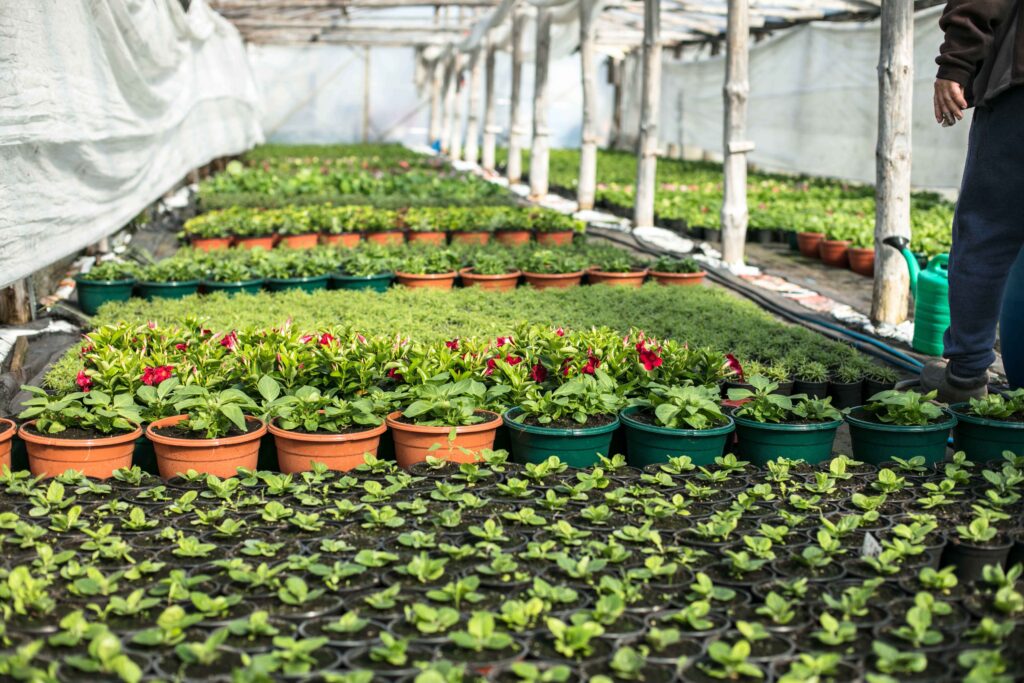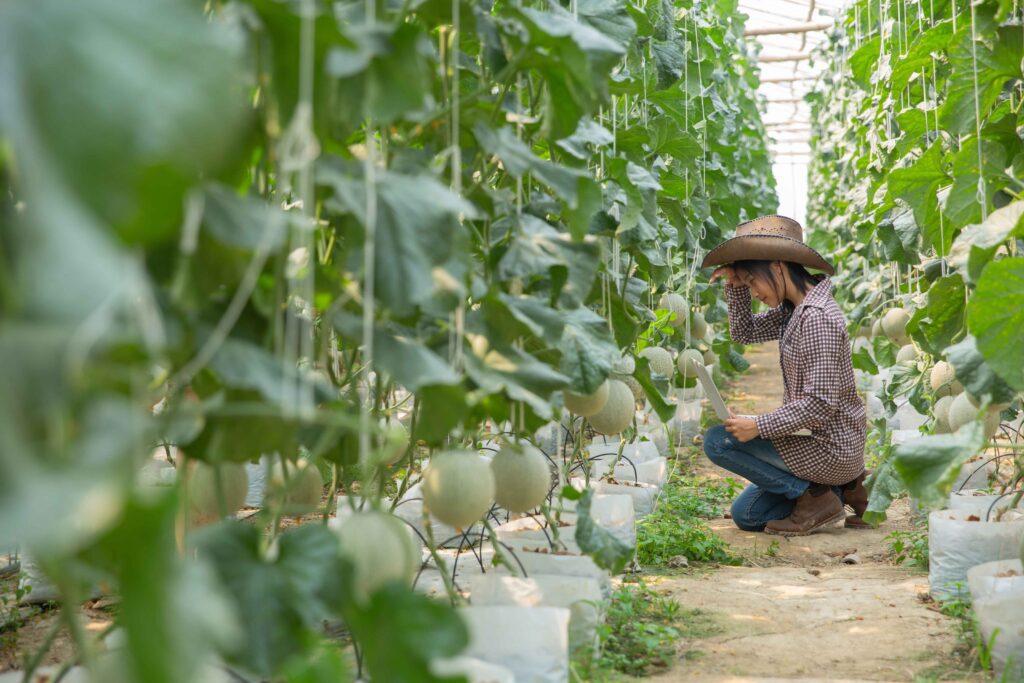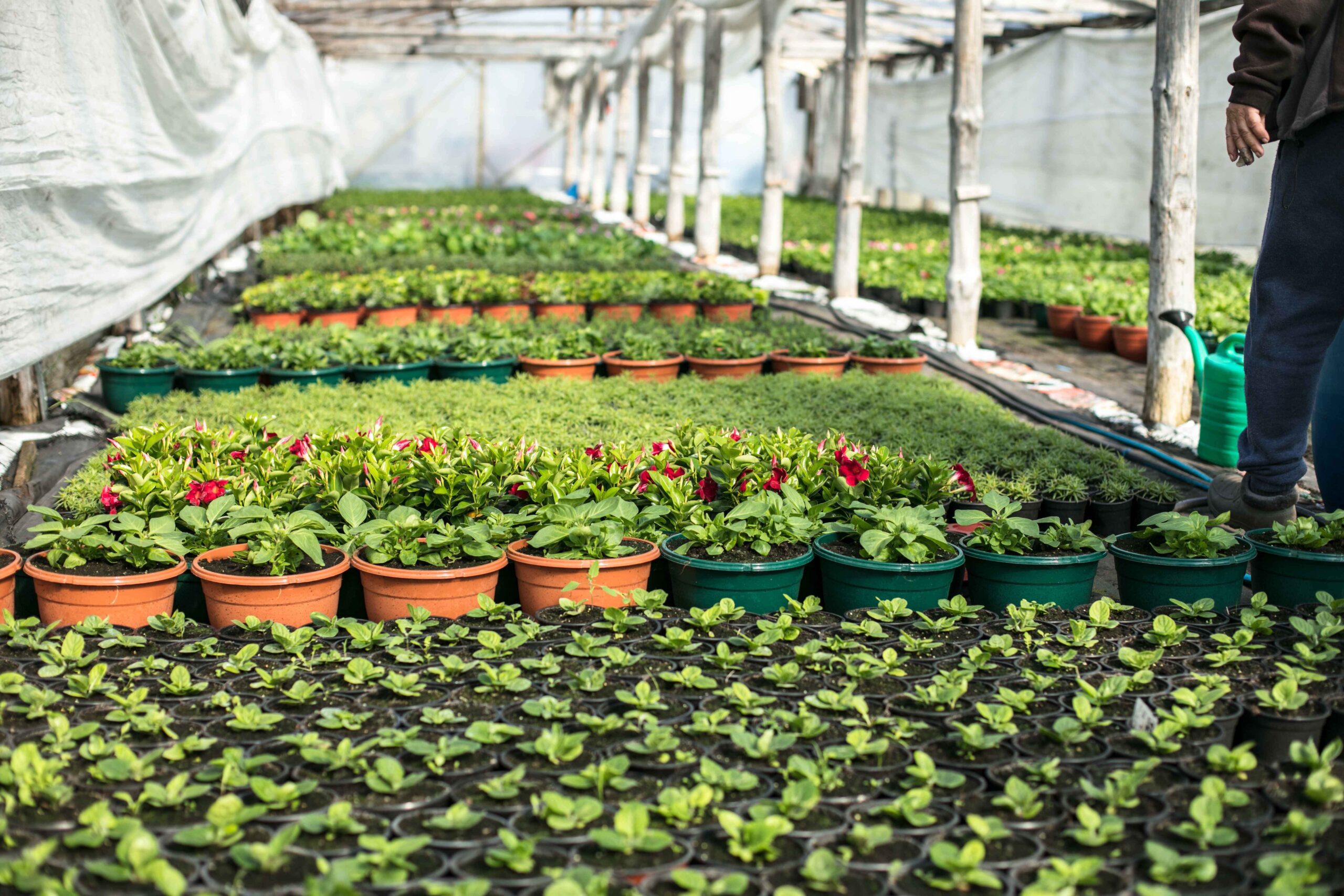
When it comes to modern gardening techniques, general hydroponics stands out as a revolutionary method that allows you to grow plants without soil. In this comprehensive guide, we will explore the world general hydroponics and how you can leverage this technique to grow healthy and plants. Dive in with us as we uncover the secrets of successful generalponics gardening.
What is General Hydroponics?
General hydroponics is a soil-less gardening approach. It involves developing plants in a nutrient-wealthy water answer. Plants in a hydroponic device absorb vitamins through water. They do not depend on soil to offer nutrients. This ends in faster increase and better yields. This approach is revolutionary. It is great for urban gardeners and small spaces. It is for everyone. They want to optimize plant growth in a controlled setting.

Benefits of General Hydroponics
- Plants develop quicker with vitamins. In hydroponic structures, they grow up to 50% quicker than in soil.
- Hydroponics is water efficient. It uses as much as ninety% much less water than conventional gardening. This makes it a sustainable desire for water-aware humans.
- Hydroponic structures have a space-saving design. They can be installation vertically. This helps you to maximize space and develop many plants in a small vicinity.
- Pest and disease manage is a chief gain. Hydroponics reduces the threat of pests and sicknesses via doing away with soil. They generally thrive in traditional gardens.

10 General Hydroponics You Need to Try Today
1. Deep Water Culture (DWC):
DWC involves postponing plant roots in a nutrient-rich solution. This allows them steady access to water, oxygen, and nutrients. This system is simple, cheap, and very effective. It is for growing a variety of vegetation, especially leafy vegetables and herbs.
2. Nutrient Film Technique (NFT):
NFT structures use a shallow flow of nutrient answer. It flows over the roots of plants, giving them a constant supply of water, oxygen, and nutrients. This technique is famous for its water efficiency. It is great for growing delicate flora like strawberries and lettuce. more
Three. Drip System:
Drip systems deliver nutrient solutions to plant roots. They do this through a network of tubes and emitters. This system manages transport. It cuts water and nutrient waste. It also ensures the best plant growth. Drip systems are flexible. They can be used in many setups, like home gardens and industrial farms.
4. Aeroponics:
Aeroponic systems mist plant roots with a nutrient solution. This lets them soak up oxygen and nutrients from the air. This method promotes fast growth. It may greatly cut water use compared to regular soil-based farming. Aeroponics is good for growing plants quickly. This is especially true for plants like lettuce and herbs.
5. Vertical Farming:
Vertical farming uses vertical space. It grows plants in stacked layers or towers, often using hydroponic structures. This approach maximizes land use. It allows for year-round manufacturing in cities. They may be automated. They work for many kinds of plants. These include leafy veggies, strawberries, and small fruit trees.
6. Ebb and Flow (Flood and Drain):
Nutrient water floods the growing place. It comes at intervals. It lets plant roots soak up water and nutrients before draining away.
7. Vertical Farming Towers grow plants in stacked towers. This maximizes area efficiency and allows high-density cultivation in cities.
8. Rotary (or Rotating) Hydroponic Systems grow plants on a rotating wheel or carousel. This ensures even exposure to light, water, and vitamins. It leads to consistent growth.
9. Aquaponics combines hydroponics with aquaculture. It uses fish waste to feed plants and clean water for the fish.
10. Fogponics is like aeroponics. But, the nutrient solution is a fine mist.
Setting Up Your General Hydroponics System
- To get began with trendy hydroponics, you may want:
- A reservoir to hold the nutrient answer.
- A submersible pump to circulate the nutrient solution.
- Grow trays or containers to help your flora.
- Growing medium which includes clay pellets or rockwool.
- PH and EC meters to reveal nutrient tiers.
- Nutrient solution formulated for hydroponic gardening.
- Light supply to assist plant boom.
Choosing the Right Plants
Almost any plant can be grown the usage of standard hydroponics. But, some do higher than others with out soil. Ideal flowers for hydroponics consist of lettuce, herbs, tomatoes, peppers, and strawberries. Consider how plants grow, their nutrient desires, and the distance they want. Use this information while choosing plant life to your hydroponic device. more
Maintenance Tips for Genseral Hydroponic
- Check nutrient ranges often. This is to ensure that plant life get enough vitamins.
- Check pH stages of the nutrient option to keep top-rated developing conditions.
- Clean the device periodically to prevent algae and bacterial boom.
- Inspect plant roots for symptoms of rot or nutrient deficiencies.
- Prune flora as needed to sell healthful boom and prevent overcrowding.
Conclusion
In conclusion, hydroponics is versatile and efficient. It lets you grow plants without soil. Embrace this new gardening technique. It brings faster growth, higher yields, and sustainable gardening. It has something for everyone. Whether you are a new or experienced gardener. Start your hydroponic journey today and experience the benefits firsthand. Happy gardening!
Success in hydroponics comes from watching often and doing proper maintenance. It also comes from a love of plant care. Embrace hydroponic gardening. Watch your plants thrive in nutrient-rich water. Ready to take the plunge into general hydroponics? Let’s grow together!

